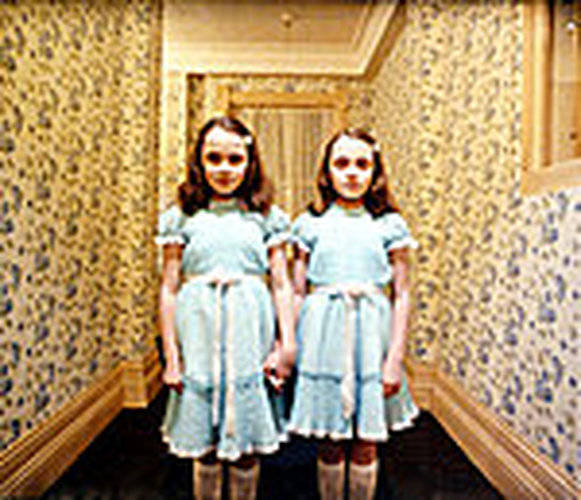Krakow's Tribute to Stanley Kubrick

The first ever exhibition on the life and work of the renowned American film director, screenwriter and producer, Stanley Kubrick. Considered one of the greatest artists of world cinema, Kubrick's artistic interests began with photography. Subsequently, he made documentary films, and made his feature film debut with a low-budget war thriller, Fear and Desire (1953). Afterwards he established his independence, by founding his own production company for the crime picture Killer’s Kiss (1955). During this first period he made The Killing (1956), followed by the controversially received Paths of Glory (1957), a bitter pacifist war drama. He was hired by Kirk Douglas to direct Spartacus (1960, four Oscars), an ambitious superproduction about the leaders of a slave rebellion. Following the film, Kubrick left the United States and settled in the UK, but continued to make movies for the Hollywood studios. Thus emerged Lolita (1962), an adaptation of Vladimir Nabokov’s scandalous novel, and a black comedy about the Cold War, Dr Strangelove, or: How I Learned to Stop Worrying and Love the Bomb (1964). The triumph of the latter film enabled Kubrick to carry out one of his most courageous projects, the spectacular philosophical science-fiction film 2001: A Space Odyssey (1968).
The director gained renown with his next films, the brutal Clockwork Orange (1971) and the visually stunning costume drama Barry Lyndon (1975). In all of his films, Kubrick turned the conventions of the genre upside down, creating his own vision of humankind and the world. So it was in his adaptation of Stephen King’s horror story, The Shining (1980), the war film Full Metal Jacket (1987) and the erotic thriller Eyes Wide Shut (1999). Other projects Kubrick intended to carry out included the science-fiction film AI ‒ Artificial Intelligence, a fresco of the wars of Napoleon (with Jack Nicholson in the title role) and the story of the Holocaust, as played out in Poland, in Aryan Papers.
The exhibition includes about 1,000 items, including numerous audio-visual materials. Kubrick's work methods will be demonstrated through documentation of production related materials: scripts, production sketches, documents, photographs, costumes and props. Most of this materials originate from the director´s personal estate are presented in this exhibition for the first time! Spatial installations reflect the atmosphere of a given film with the use of appropriate lighting, images and sounds, as well as the projection of film clips. Among the objects displayed in the exhibition will be special lenses and cameras used by Kubrick, thanks to which his cinematography has gone down in cinematic history for its innovations. In addition, Kubrick’s photographic work for Look magazine from the early years of his career, reconstructions of sets, models, along with a rich multimedia collection, all complete the concept of the exhibition, created for both lovers and connoisseurs of cinema, as well as to viewers who simply want to get a taste of the work of one of the icons of world film history, Stanley Kubrick.
The uniqueness of the exhibition at the National Museum in Krakow is also affirmed by its innovative (in terms of content and presentation) concept, based, among other things, on the opportunity for each viewer to choose his own path through the exhibition. For this purpose, several routes will be prepared for wandering through Kubrick’s oeuvre, describing, inter alia, the themes of war, technology and madness. With its numerous film and still image projections, musical presentations and various displays for special effects, costumes and set design, the exhibition takes on a unique, dynamic character, and becomes an attraction for a broad audience.
Krakow is the only city in this part of Europe, where the exhibition can be seen. So far, it has been visited by more than 800,000 people around the world, in (among others) Berlin, Amsterdam, Zurich, Rome, Paris, Los Angeles, Melbourne and São Paolo.
An extensive programme of accompanying events and a full film retrospective will complement the exhibition.
The project is co-financed by (among others) the Municipality of Krakow, U.S. Consulate General in Krakow and produced in cooperation with the Krakow Festival Bureau.
This event happens in National Museum